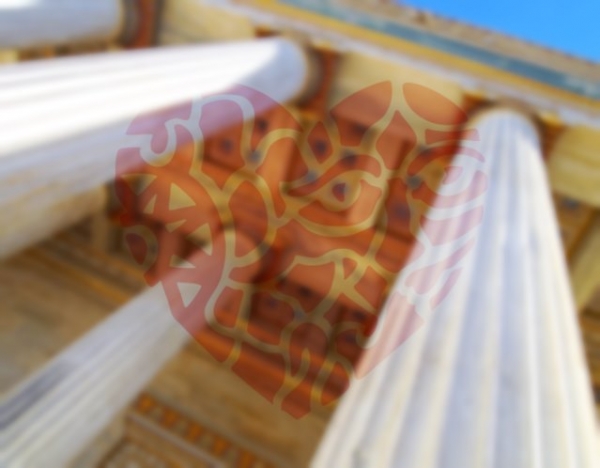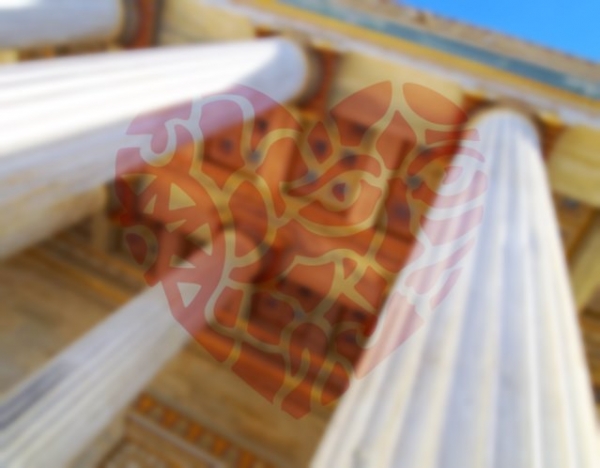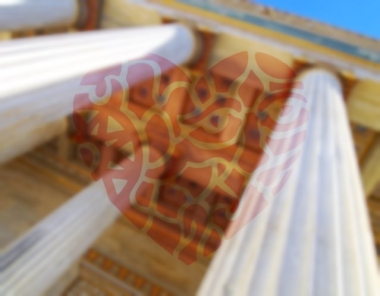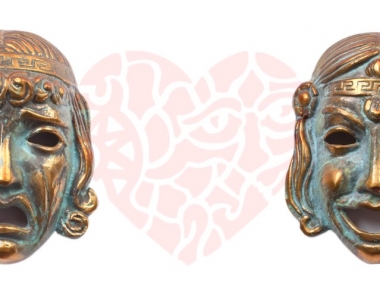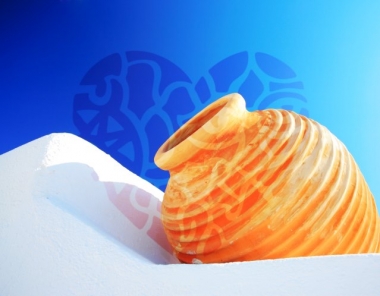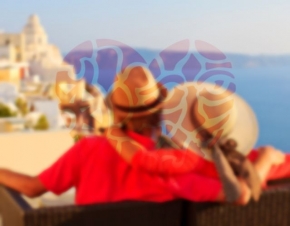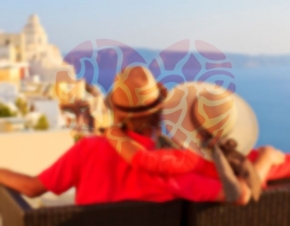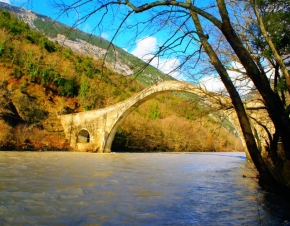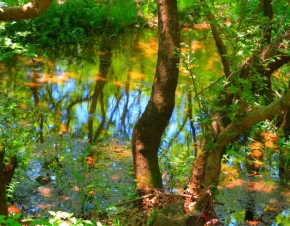The Historical Museum "Skoufa" is located in the city of Arta.
The Historical Museum "Skoufa"aims at covering the history of Arta from the ancient times up until today. Each room of the museum is dedicated to an era of the city and through scenographic compositions, the visitor learns about the history of Arta in a simple and understandable way.
From the hall of ancient Amvrakia, dominated by King Pyrrhus, you can pass to the byzantine room and then enjoy a tour of the castle of Arta, which is a creation of the Komnenos family. Following on, there is a room dedicated to the era of the Ottoman occupation, and of course a section dedicated to the famous Bridge of Arta.
Finally, one of the museum rooms is the office of Petros Garoufalias, a greek politician from Arta that has donated a lot to the museum and it is thus full of his personal belongings.
The museum is organized and operated by the particularly active Musical Association "Skoufas» (www.skoufas.gr), which since 1896, when it was first founded by prominent citizens of Arta, has a leading role in the cultural life of the city. Under the auspices of the club also operate the Folklore museum "Skoufa" and the Library of Arta, with over 25,000 book volumes.
Historical museum "Skoufa": Address, Skoufa square, opposite to the byzantine church of Panagia Parigoritisa, Arta
More information about the Historical Museum "Skoufa" you can find on the number 26810 22795.
The Folklore museum "Skoufa" is located in Arta, right next to the famous Bridge of Arta.
The Folklore museum "Skoufa" is hosted in a building that is considered an attraction itself, due to its unique history. The building, constructed in 1864 in an Austrian architect's drawings, served in the beginning as an outpost of the bridge. When after 1881 the border between Greece and the Ottoman Empire was right in the middle of the bridge of Arta, this building served as a border outpost.
Since 1983 the building houses the Folklore museum "Skoufa", aiming to give prominence to the local tradition. In the museum, visitors will find reconstructions of local peoples' daily life, enriched with tools, utensils and other items. Moreover, in the museum you can see traditional costumes, carnival costumes and a room dedicated to the famous Bridge of Arta.
The museum is organized and operated by the particularly active Musical Association "Skoufas» (www.skoufas.gr), which since 1896, when it was first founded by prominent citizens of Arta, has a leading role in the cultural life of the city. Under the auspices of the club also operate the Historical Museum and the Library of Arta, with over 25,000 book volumes.
Folklore museum "Skoufa": Address, Palia Gefira Artas, Arta.
More information about the Folklore Museum "Skoufa" you can find on the number 26810 22192.
In the city of Arta you can find the Sacred Temple of Panagia Parigoritisa (Our Lady of Consolation).
The Sacred Temple of Panagia Parigoritisa (Our Lady of Consolation) is upon the Peranthi hill and is considered to be not only a religious symbol but also a jewel for the whole city of Arta.
According to historical data, Michael II Komnenos had started the construction of a smaller temple in the position of the one we have today. But his son and successor Nikephoros I Komnenos and his wife Anna Kantakouzene changed plans, wanting to donate to the city a magnificent temple, worthy of the capital of Epirus. So finally at the end of the 13th century the Sacred Temple of Panagia Parigoritisa (Our Lady of Consolation) was erected.
The design of the church, which has huge dimensions taking into account the time of its construction, is original with several architectural innovations that make it a unique monument among the rest byzantine churches. The visitor, entering the temple, cannot but raise his head and be stunned by the impressive and original dome construction. The dome is decorated with the serene image of the Almighty in mosaic form and despite the extensive damage it has endured, its beauty is such that you can not take your eyes off of it.
Today from the original monastery, which used to report directly to the Ecumenical Patriarchate of Constantinople, what survives is the main temple, the bank (the monks' restaurant) and 16 cells. In the area of the bank you can find expositions of archaeological finds from excavations in the town of Arta and the surrounding area.
In other words, if you visit Arta you have to admire in person Sacred Temple of Panagia Parigoritisa (Our Lady of Consolation).
In Arta you can also find the Castle of Arta.
The Castle of Arta was built in the 13th century AD from the Komneni family that was at the time ruling the Despotate of Epirus. In the ancient times the acropolis of ancient Amvrakia stood where the byzantine castle is currently located.
The Castle of Arta is a characteristic example of byzantine fortress with a wall rising to 10 meters height, lengthwise battlements and towers per 25 meters. On the southwestern edge of the castle, there is a wall that used to be the last bastion of defenders, the so called "Kastraki" or as it was called by the Turks "Iç Kale", meaning acropolis.
During the Ottoman occupation, the castle was used as a prison in which many Greek fighters were detained, including General Makrygiannis.
Today the Castle of Arta is one of the best preserved castles in Greece and is definitely worth a visit. From its walls you will enjoy a breathtaking view of Arta and the surrounding area, while during the summer months many cultural events are organized in the castle.
Once in the city of Arta, head to Arachthos river to find the renown Bridge of Arta.
The Bridge of Arta is the most famous stone bridge in Greece. It is estimated that since ancient times there was a bridge in its current position, while it acquired its present construction in the early 17th century.
The Bridge of Arta has a length of 145 meters and consists of 4 stone arches, which have completely no symmetry between them. It is considered to be the pride and joy of Arta, being also a favorite photo-spot for tourists, locals and photographers as well as the best inspiration for painters.
Beside its beauty and impressive architecture, the Bridge of Arta is famous for the legend that surrounds its building. According to it, the construction of the bridge took several years to be completed. The legend has it that the workers kept finding out every morning that whatever they had built was overnight demolished. And it is said that a bird with human voice gave a prophecy; the bridge will only stand tall if a person is embedded in its foundations, this person has to be the master builder's wife. So this was done and thence forward the bridge stands in its current position. This legend was passed down to us today by a well-known folk song "The Bridge of Arta ".
History researchers are trying to connect the legend with the historical reality, giving their own explanation. According to it, the Turks during the Ottoman occupation had ordered the construction of the bridge so as to make it easier for the army to pass. The Greek residents, not being able to question their orders, did built the bridge in the morning but destroyed the foundation during the night. The Turks in turn, decided to terrify them by killing the master builder (and maybe his wife too), leaving the rest with no other choice than to complete the construction of the bridge, fearing for their own lives.
Whatever the truth, the Bridge of Arta stands now tall and beautiful, magnificent and legendary, awaiting for your visit.
River Arachthos passes through Arta and a part of Ioannina.
Arachthos is the 8th river in length in Greece and the biggest in Epirus, with 110klm length. Its characteristic is the arched bridges that connect its banks, like the renown Bridge of Arta and the beautiful Bridge of Plaka. In Arachthos and especially in the location of Pournari a dam has been constructed (being the second biggest in Greece). This lead to the creation of the artificial lake of Pournari which is now an important wetland. The river opens into the gulf of Amvrakikos, thus creating a delta which is considered to be one of the best retained ecosystems in Greece, as it is either the home or the layover for many different species of birds.
Arachthos is also a favorite spot for rafting, with routes suitable for experts and amateurs.

